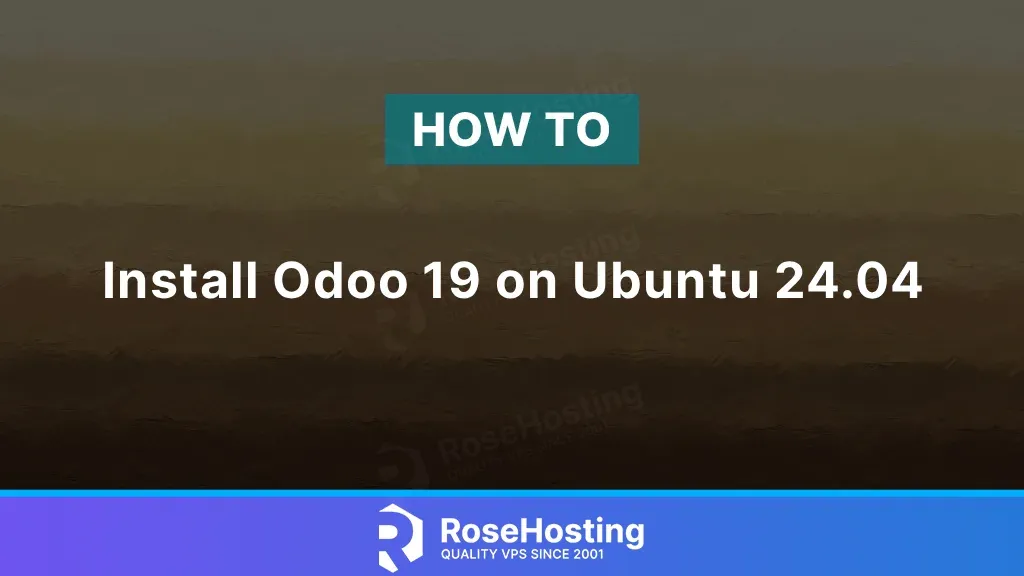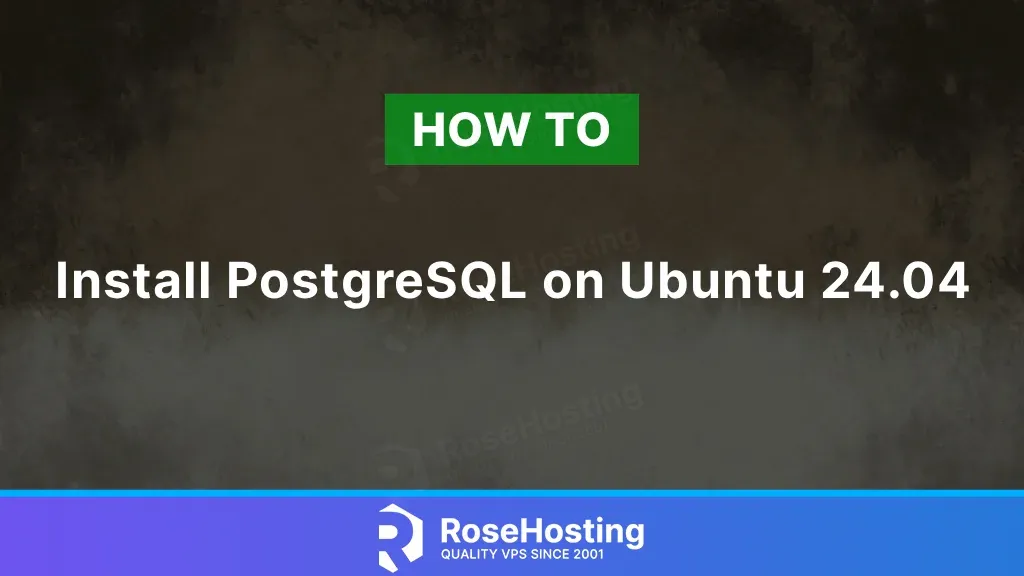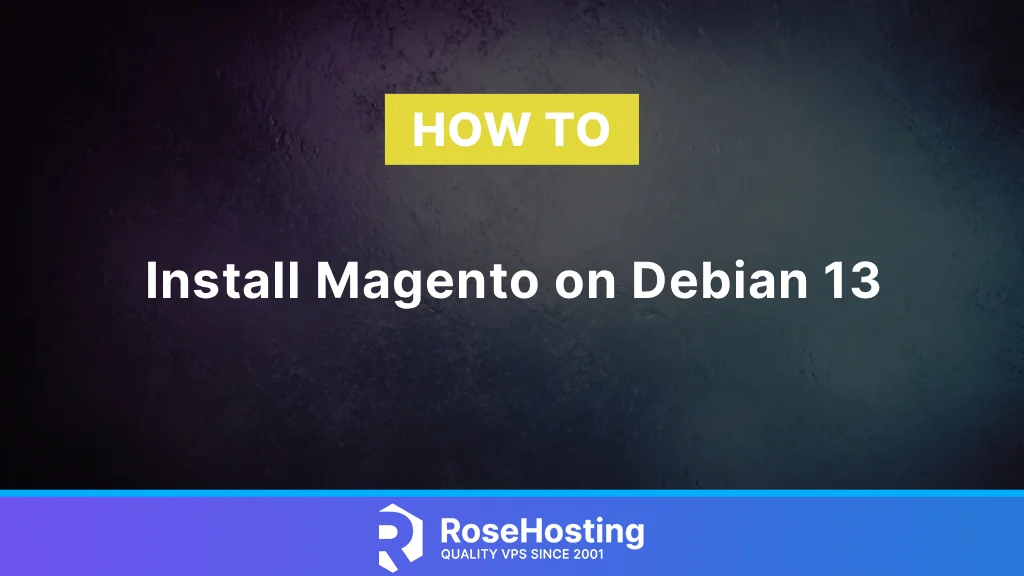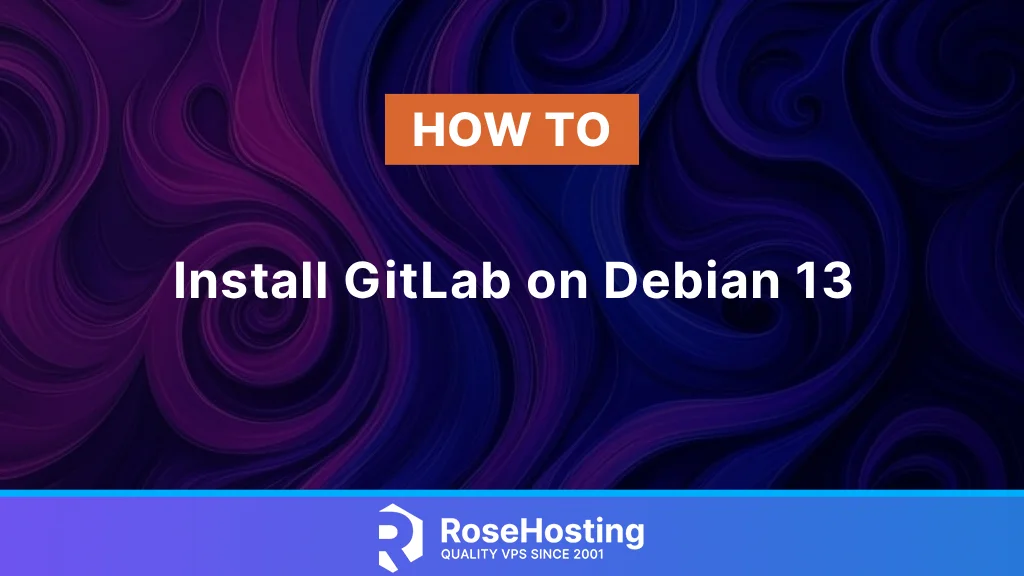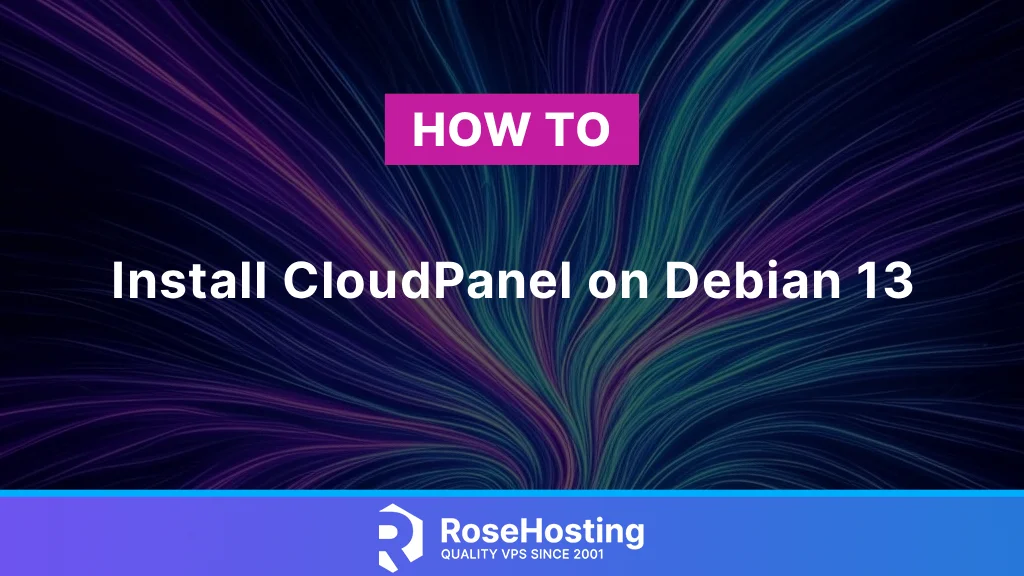
In this article, we’re going to teach you how to install Java 25 on Debian 13. Java is a high-level, object-oriented programming language. It can run on any platform that supports Java without the need for recompilation. This feature is known as “write once, run anywhere” (WORA). It can also run on the Tomcat application server, which we also covered in our article here. That’s why Java is used to develop a wide range of applications, including web apps, desktop apps, games, mobile apps, and more.
LTS is short for Long-Term-Support. You can find the LTS versions of Java on this link. At the time of writing, Java 25 is the latest LTS version, an ideal choice for running on Debian 13.
